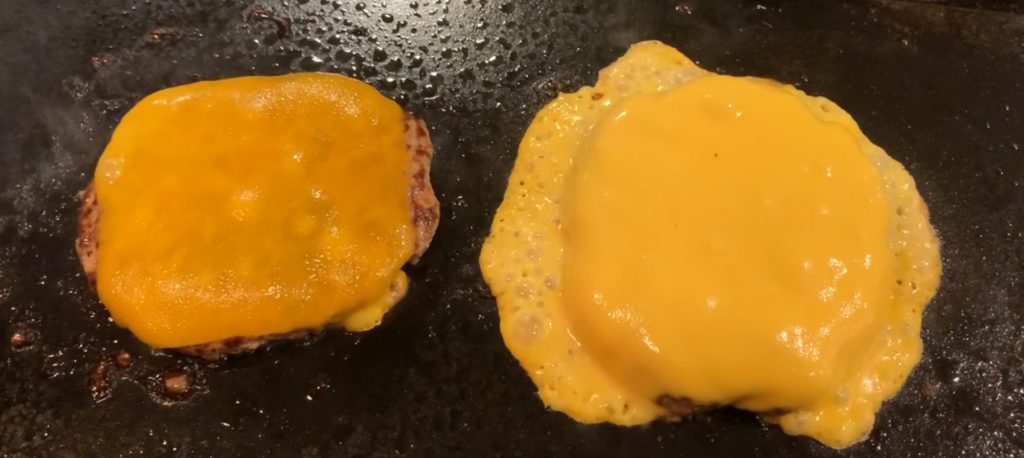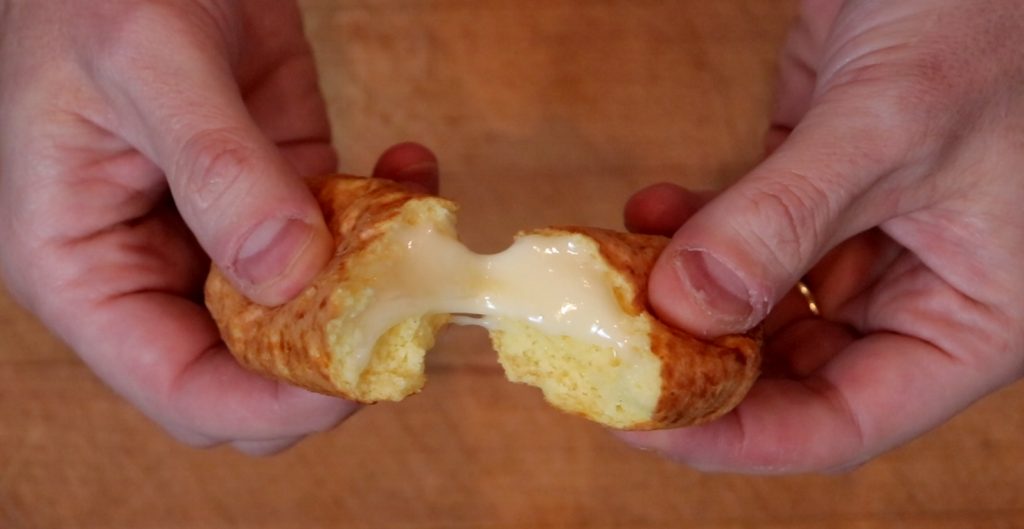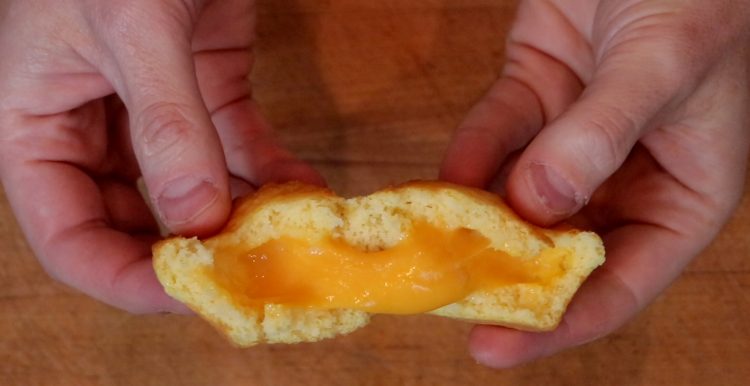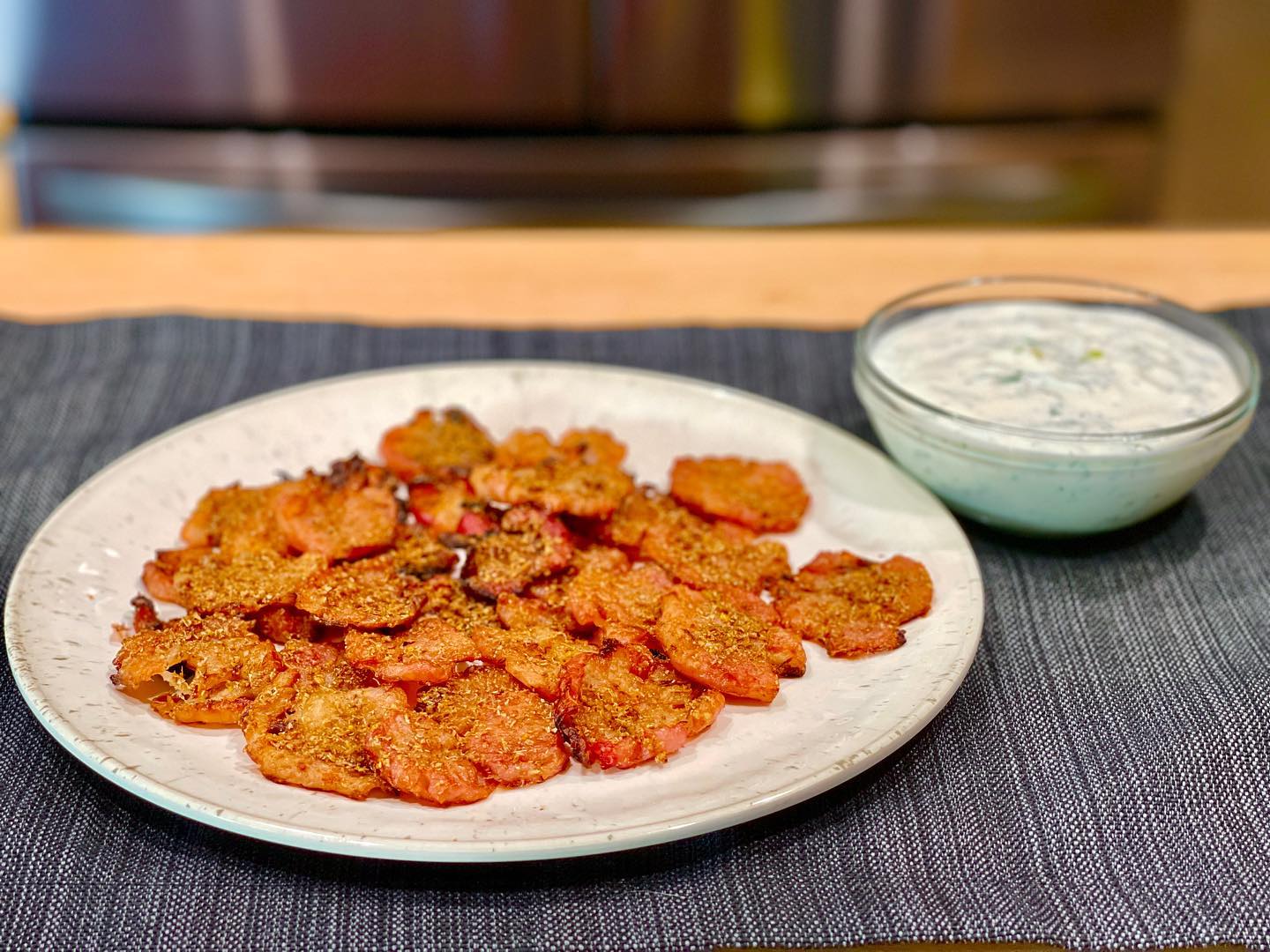This is a technique I learned from the book Modernist Cuisine at Home and it allows you to turn any cheese into a perfectly melting cheese. By using this method, you can keep the oil from separating from the cheese, allowing you to create a cheese that melts like Velveeta but still tastes like cheese it was made from. You can create cheese sauces and soups that won’t “break”. You can create smooth cheese spreads. And, you can create perfectly melting cheese slices.

If you want to get really science-y, you can measure your ingredients out in grams, and use 2.8% by weight of sodium citrate to the combined weight of liquid and cheese. But fortunately, you can use this method successfully just by being “in the ballpark” with your amounts.
The Method
Regardless of the type of cheese you are using and whether you are making slices, sticks, or nuggets, the method is the same. You start by dissolving sodium citrate in water or other liquid (depending on the application, you may use chicken stock, beer, or wine) in a saucepan over low heat. You then bring the liquid to a simmer (small bubbles forming in the bottom of the saucepan). Then add your cheese, a handful at a time, stirring until it is melted.
When all of your cheese has been added and the sauce is silky smooth, pour out onto a silcone mat or into a mold. Because the cheese “sets up” very quickly, it’s a good idea to have your mat or mold on a cookie sheet, warmed up in a 225F oven.
Refrigerate your cheese for at least two hours before slicing or removing from the molds. Then put it in whatever creation you want to have bursting with melted cheese. I’ll be using this technique in a number of recipes on this site.
Sharp Cheddar Slices Ingredients
- 1/2 cup + 1 TB water
- 1 TB sodium citrate
- 5 cups shredded sharp cheddar cheese
Emmantaler Sticks Ingredients

- 1/2 cup water
- 2 tsp sodium citrate
- 3 cups shredded Emmantaler cheese
I do not list the nutritional info for these “recipes” because they will vary depending on the type of cheese you use and how you are using it (slices, sticks, nuggets, sauce, etc.)












First time to see any of your videos. This looks great, but I’m curious is the sodium citrate considered a “preservative”? Would it be considered ok for “clean” keto?
Sodium citrate is a sodium salt of citric acid, which is found naturally in citrus fruits. Sodium citrate allows the proteins in the cheese to become more soluble without lowering the pH of the sauce, which creates a smooth emulsion without curdling.
That said, if you are on a hardcore “clean” keto diet, you will find that a certain small percentage of my recipes have a little bit of “dirty”.
Steve, I made this with a low carb beer (about 9 g carbs for the entire can, which is more than the recipe needs) and sharp cheddar. I cut up some of your white bread chaffles and used them to dip into it. That was an amazing treat! It’s pretty filling, so I had loads of leftovers. It’s quite possible to have beer cheese that’s keto friendly. I’m going to try it with Swiss cheese and a low carb white wine. should be good!
Steve, how do you know how much sodium citrate to use for how much cheese?
If you want to be super food science-y, Modernist Cuisine says that your sodium citrate amount should be 2.8% of the weight of your other combined ingredients (cheese, liquid, etc.) if you are making cheese that you want to firm up as melty slices. I’ve found that it doesn’t require nearly that degree of accuracy. It’s fairly forgiving. I have found, though, that putting your silicone lined baking sheet in an over to warm up makes it much easier to spread the melted cheese before it sets.